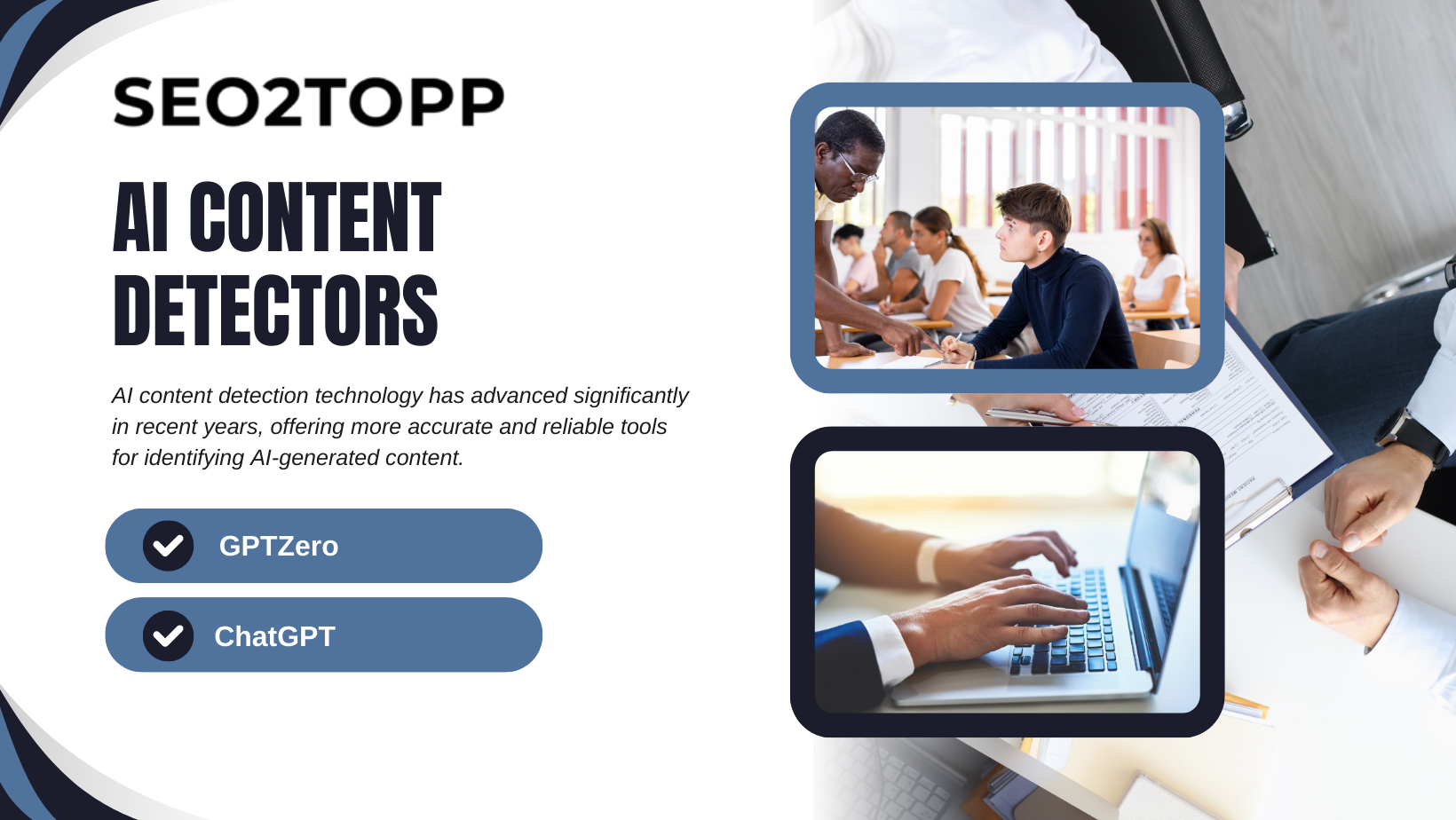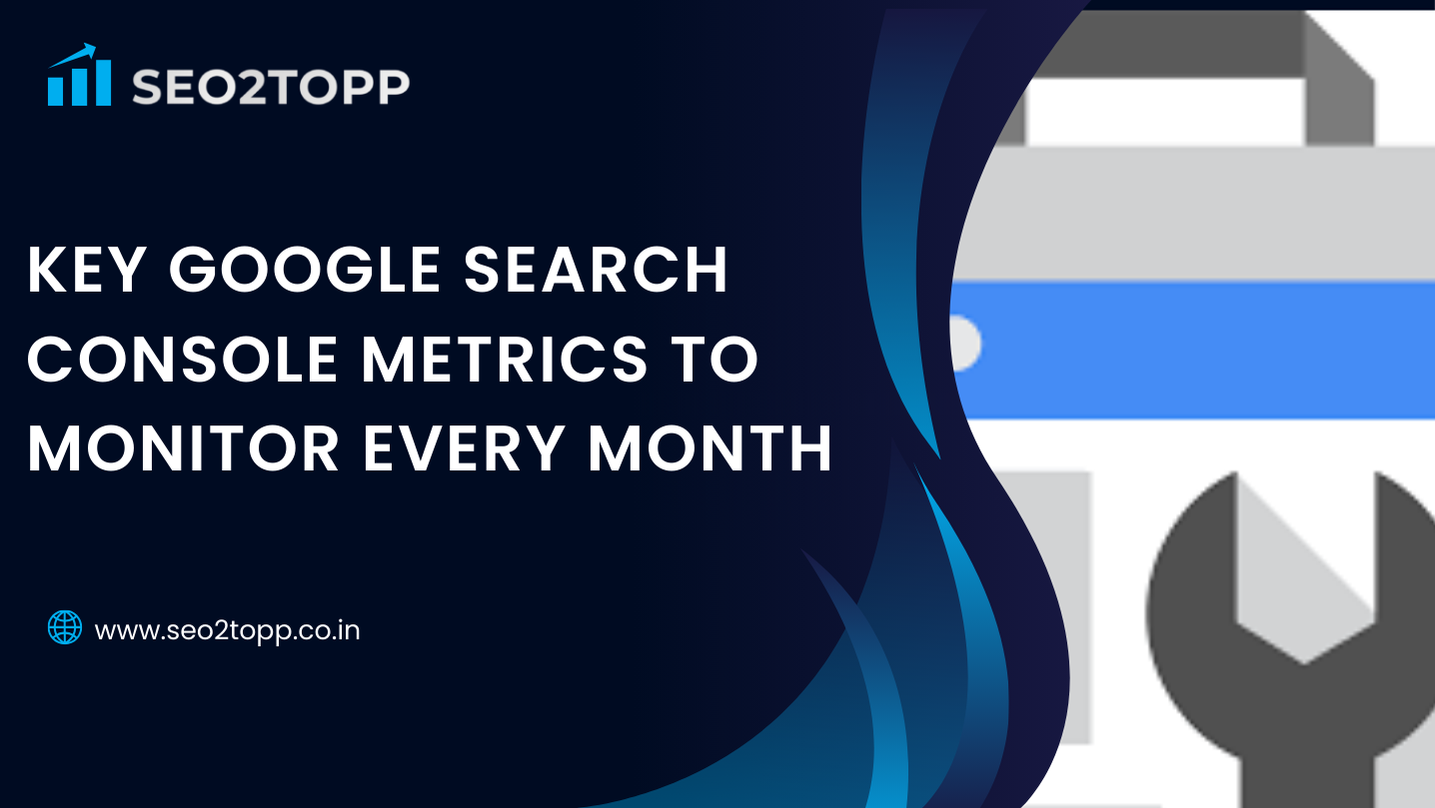As the world of content creation and online publishing continues to evolve, the need for accurate and reliable AI content detectors has become increasingly important. In this comprehensive guide, we’ll explore the latest advancements in AI content detection technology, the importance of accurate content detection, and the top AI content detection tools available in 2024. We’ll also debunk common misconceptions about AI detectors and provide an in-depth review of ZeroGPT, one of the most advanced AI content detection tools on the market. By the end of this article, you’ll have a clear understanding of the best AI content detectors and how to choose the right one for your needs.
Key Takeaways
- AI content detection technology has advanced significantly in recent years, offering more accurate and reliable tools for identifying AI-generated content.
- Accurate content detection is crucial for maintaining the integrity of online content, preventing plagiarism, and ensuring the authenticity of information.
- ZeroGPT is a highly advanced AI content detection tool that offers industry-leading accuracy and a range of features to help content creators and publishers.
- The top 6 AI content detection tools in 2024 offer a variety of features and capabilities, with each tool having its own strengths and weaknesses.
- Using AI content detectors can be an effective way to ensure the authenticity of your content, but they are not 100% accurate and should be used in conjunction with other content validation methods.
Introduction to AI Content Detectors
In the rapidly evolving digital landscape, the proliferation of AI-generated content has become a growing concern for content creators, publishers, and readers alike. As language models and other AI technologies have become more sophisticated, the ability to generate human-like text has become increasingly accessible. This has led to a rise in the use of AI-generated content, which can be difficult to distinguish from content written by humans.
This is where AI content detectors come into play. These tools use advanced algorithms and machine learning techniques to analyze text and identify patterns that are indicative of AI-generated content. By detecting AI-generated content, these tools can help maintain the integrity of online information, prevent plagiarism, and ensure the authenticity of the content that readers consume.
The Importance of Accurate Content Detection
There are several key reasons why accurate content detection is so important:
- Preventing Plagiarism: AI-generated content can create plagiarized or derivative works, which undermines the hard work and creativity of content creators. Accurate content detection can help identify and prevent these types of plagiarism.
- Ensuring Authenticity: In an age of misinformation and “fake news,” it’s critical that readers can trust the content they consume. Accurate content detection helps ensure that the information they’re reading is authentic and reliable.
- Maintaining Credibility: For content creators and publishers, the ability to demonstrate the authenticity of their content is essential for maintaining their credibility and reputation. Accurate content detection can help them do this.
- Compliance and Regulation: In some industries, such as finance or healthcare, there may be regulatory requirements around the use of AI-generated content. Accurate content detection can help organizations comply with these regulations.
- Improving User Experience: By providing readers with accurate and reliable information, content creators and publishers can improve the overall user experience and build trust with their audience.
The Top 6 AI Content Detection Tools in 2024
With the rapid rise of AI-generated content, detecting AI-written text has become essential for educators, content managers, and businesses. Here are the six best AI content detector tools for 2024, each excelling in specific features.
1. TraceGPT: Best for Accuracy TraceGPT stands out for its near-perfect accuracy, successfully identifying AI-generated content from tools like ChatGPT and Claude. It offers additional features like a plagiarism checker, authorship verification, and a Chrome extension. Starting at $5.99 for 20 pages, TraceGPT is ideal for individuals and organizations looking for precise AI detection.
2. Winston AI: Best for Integrations Winston AI not only detects AI-generated content but also integrates with tools like Google Docs, Blackboard, and Zapier. Its ability to scan documents, pictures, and even handwriting makes it a versatile choice for educational and professional settings. The tool offers a 7-day free trial, and premium plans begin at $12/month for up to 80,000 words.
3. Hive: Best Free AI Content Detector Hive is a free AI content detection tool that allows users to quickly check text for AI-generation without creating an account. While it may falter with certain models like Claude, it performs well overall. With a simple interface and no additional costs, Hive is an excellent option for budget-conscious users needing basic detection.
4. GPTZero: Best for Writing Analysis Features GPTZero offers a deeper analysis of content with features like readability scores, sentence complexity, and burstiness detection. It scans for AI content from models like GPT-4, Claude, and Llama. Although it may struggle with mixed content, its extensive writing analysis capabilities and integration options make it a robust tool for detailed reports. GPTZero has a free plan, with premium options starting at $10/month.
5. Originality.ai: Best for Risk-Based Models Originality.ai is designed for users with varying risk tolerance levels, offering different AI detection models based on the need for accuracy. It excels at identifying content from ChatGPT but may have difficulty with other AI models. This tool also features a plagiarism checker and API access for enterprise use. Subscriptions start at $14.95/month.
6. Smodin: Best for Affordability Smodin is an affordable AI content detection tool offering unlimited usage for just $12/month. While it’s less confident with models like Claude, it includes useful extras like plagiarism detection, summarization, and even content rewriting capabilities, making it a versatile choice for users needing more than just AI detection.
Pros and Cons of Using AI Content Detectors
As with any technology, there are both advantages and disadvantages to using AI content detectors. Here are some of the key pros and cons to consider:
Pros:
- Improved Content Authenticity: AI content detectors can help ensure that the content published is authentic and not generated by AI, which can improve trust and credibility.
- Enhanced Plagiarism Detection: These tools can identify instances of plagiarism or content that has been copied from other sources, helping to maintain the integrity of the content.
- Increased Efficiency: AI content detectors can automate the process of content validation, freeing up time and resources for content creators and publishers.
- Regulatory Compliance: In some industries, the use of AI content detectors may be necessary to comply with regulatory requirements.
Cons:
- Imperfect Accuracy: While AI content detectors have become increasingly accurate, they are not 100% reliable and can still make mistakes or fail to detect certain types of AI-generated content.
- Potential for Bias: Like any AI-based system, AI content detectors can be subject to biases, which can affect the accuracy of their detections.
- Dependence on Technology: Relying too heavily on AI content detectors can make content creators and publishers overly dependent on technology, which can be a risk if the technology fails or becomes unavailable.
- Potential for Abuse: In some cases, AI content detectors could be used to censor or suppress legitimate content, which could raise ethical concerns.
The Best Free AI Content Detectors
Here are some of the best free AI content detectors to consider:
- GPT-2 Output Detector: As mentioned earlier, this free tool developed by OpenAI uses a pre-trained GPT-2 model to detect AI-generated content. While it may not be as accurate as some of the paid solutions, it can still be a useful tool for certain use cases.
- Hugging Face AI Detector: Hugging Face’s free AI content detection tool is built on top of their extensive language model library and can be a cost-effective option for those looking to get started with AI content detection.
- Trueface AI Detector Free: Trueface offers a free version of their AI content detection tool, which can be a good starting point for those who want to test out the technology without a significant investment.
- Grammarly Free: While Grammarly’s paid plans offer more advanced AI content detection capabilities, the free version of the tool can still be useful for identifying potential instances of AI-generated content.
- AI Text Classifier: This free tool, developed by Anthropic, uses a pre-trained AI model to classify text as either human-written or AI-generated. It’s a simple but effective option for those on a tight budget.
It’s important to note that while these free AI content detectors can be useful, they may not offer the same level of accuracy or advanced features as the paid solutions.
Conclusion
In conclusion, the world of AI content detection has evolved significantly in recent years, with a range of sophisticated tools and technologies available to help content creators and publishers ensure the authenticity and integrity of their content.
For top SEO solutions, our content marketing team at Seo2topp provides 100% human-written content. Contact us for more information, and if you found this guide helpful, stay connected for the latest trending topics.










Leave a Reply